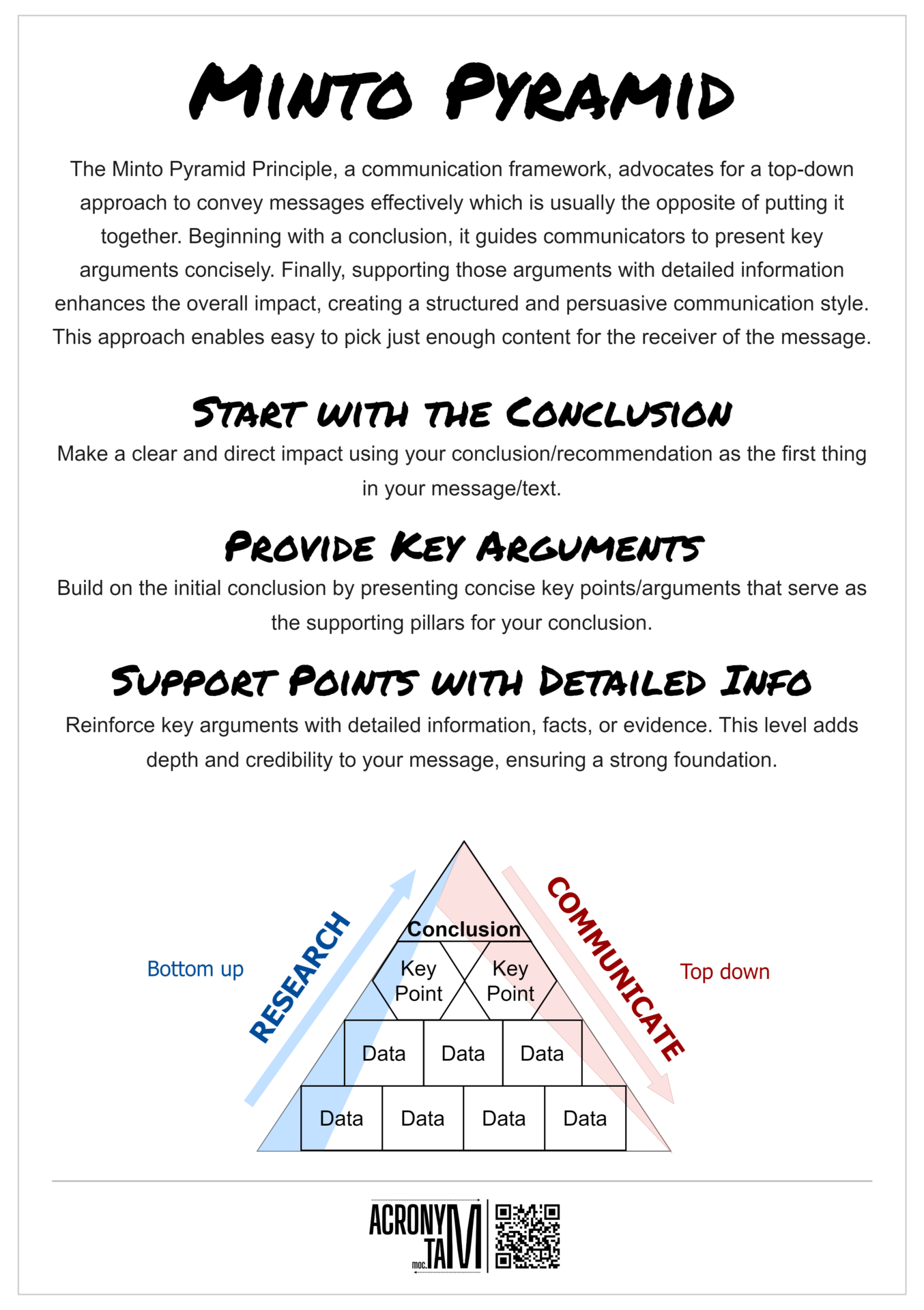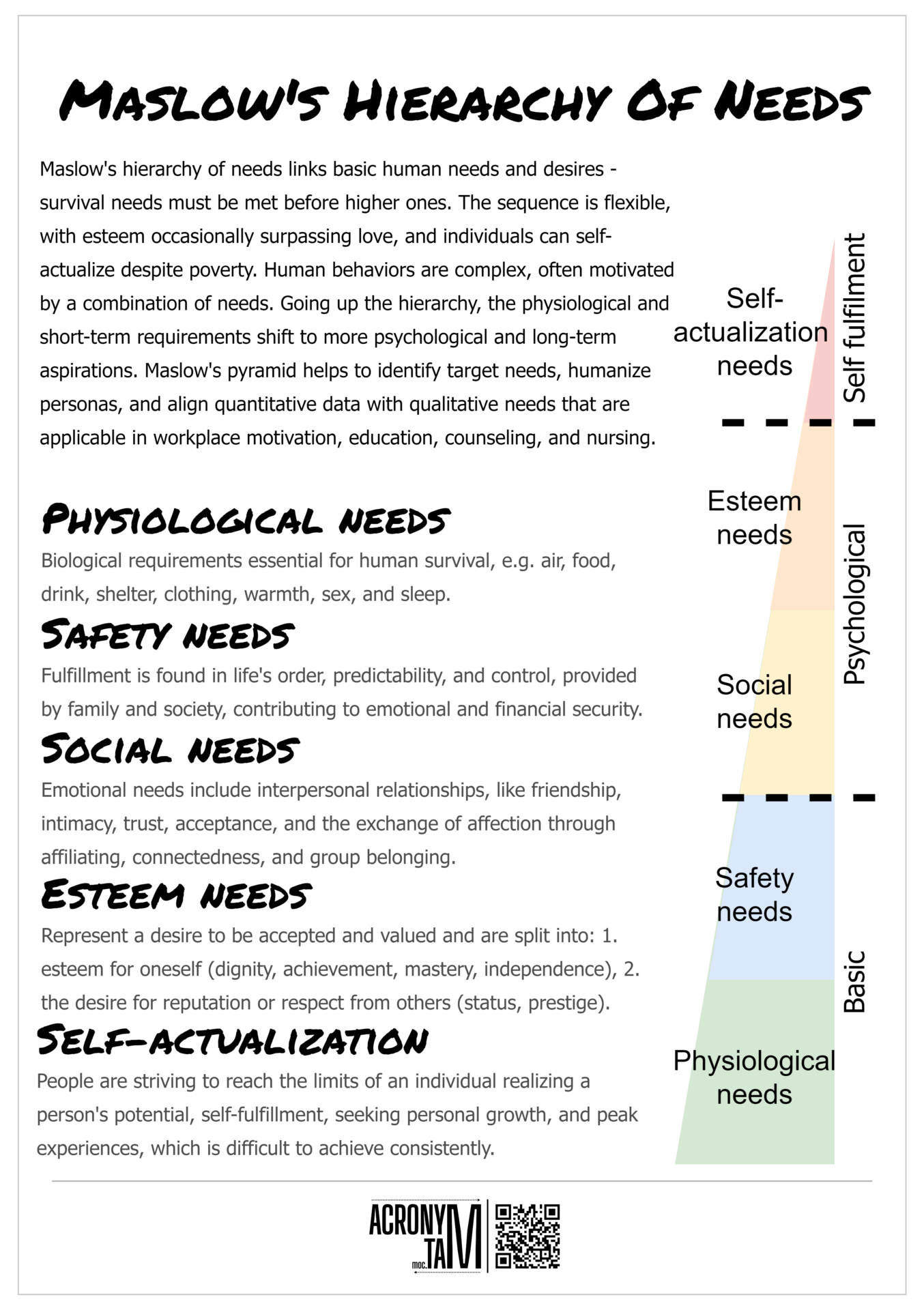Article
Technology Adoption Life Cycle
The model describing the acceptance of innovations. Based on normal distribution there are five adopter groups which are divided according to the attitude to the innovation adoption. The model is also describing the chasm which represents the step from early adopters to the majority.
Innovators (Tech Enthusiasts)
With technology as the aim of their focus innovators pursue new technology. Often before it is even public. There are not many of them and they are not willing to pay a lot for a product. However, they enable testing the product in the real environment. Innovators are more risk-oriented and invest in the analysis of the product.
Early Adopters (Visionaries)
Compared to the innovators the aim of early adopters is to buy a new technology to fulfill their vision. They are risk-takers who are not very price sensitive. They are opinion leaders who can alert the rest of the market about the new technology. With this they are the judges of the new technology.
Early Majority (Pragmatists)
Pragmatist majority that is keener to the innovation and rely on the early adopters opinion. Technology success is based on the transition from early adopters to the early majority. They have a strong sense of practicality so they want to see well-established references prior to investment.
Late Majority (Conservatives)
Conservatives or the late majority are traditionalists who wait for technology to become an established standard. They usually do not want to make any changes until the mean part of the market does and then adopt the technology because of the pressure upon them.
Laggards (Skeptics)
Skeptics or laggards believe that technology rarely fulfills promises made. They are seen as the resistors to change but they may have other reasons to not innovate like a lack of resources or knowledge. On the other hand, since they have a lot of arguments against the innovation they may contribute to improving the innovation itself.













